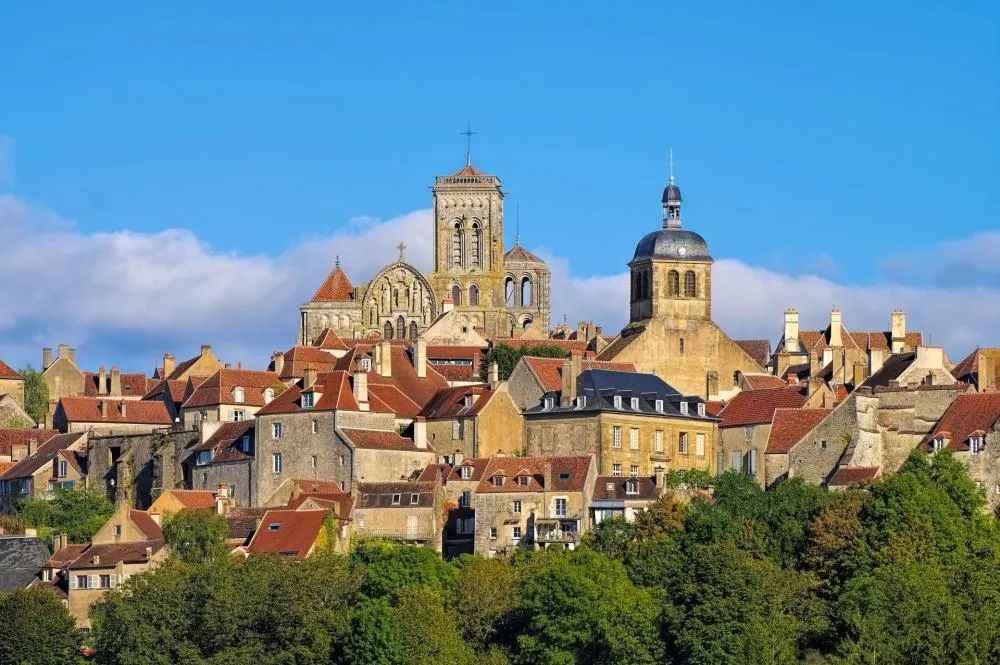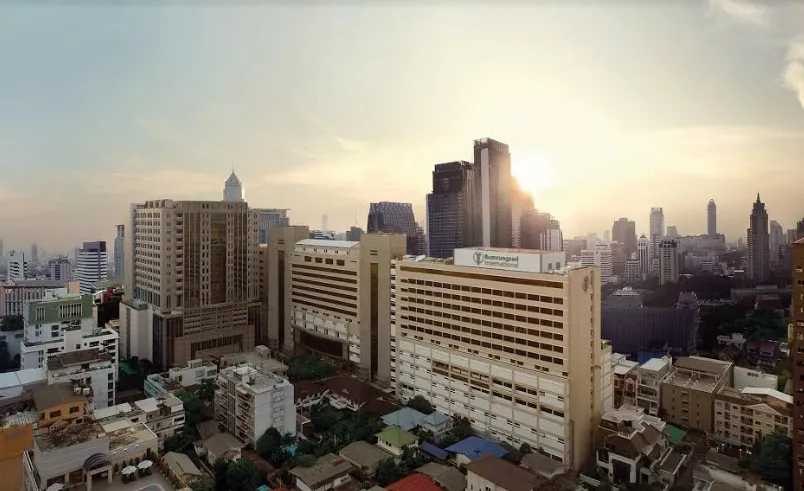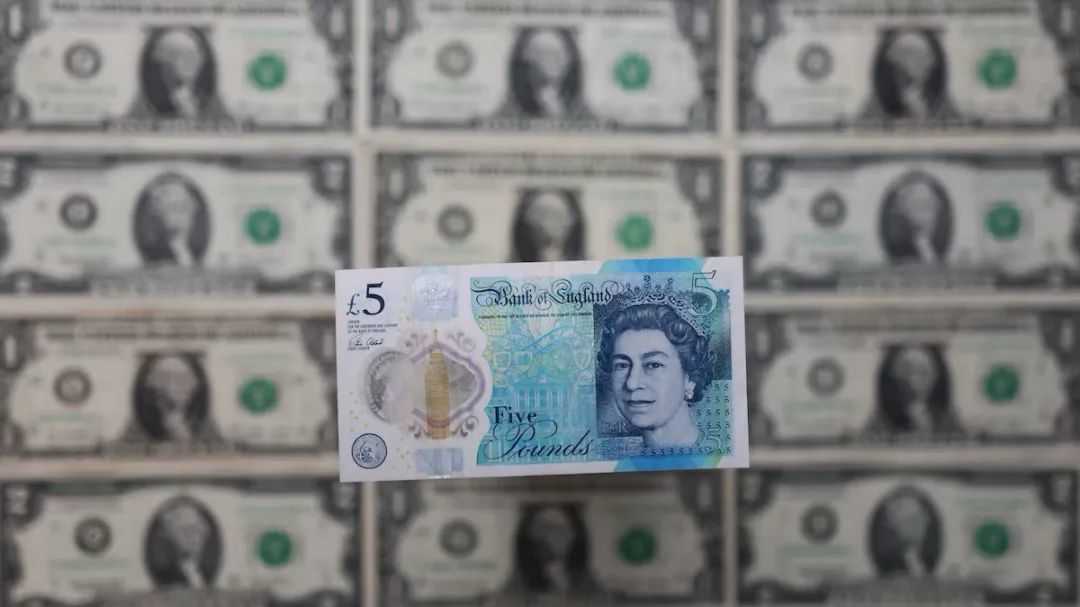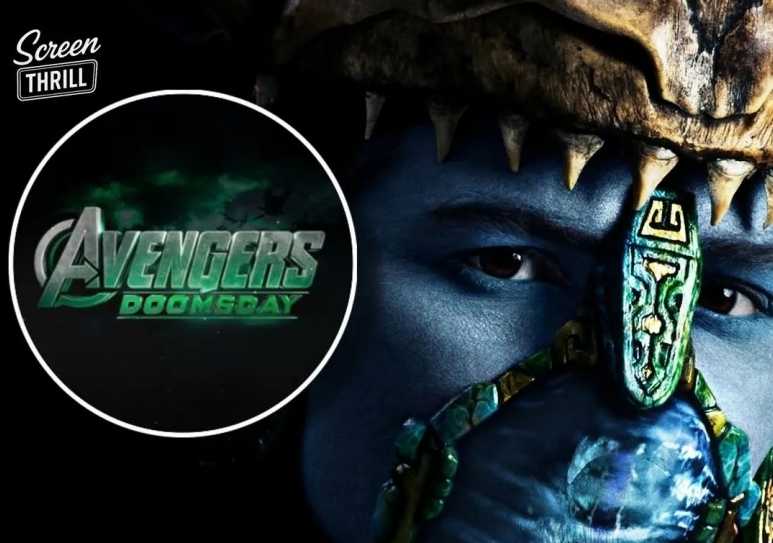Perched atop a hill in the Burgundy region of France, the medieval town of Vézelay is home to the Basilica Sainte-Marie-Madeleine. This architectural masterpiece, blending Romanesque and Gothic styles, holds a pivotal place in history as the spiritual launchpad of the Second Crusade in 1147.
In 1146, Pope Eugene III and King Louis VII of France convened a council here. Saint Bernard of Clairvaux, the influential abbot, delivered a fiery sermon: "The Holy Land weeps; Christ’s tomb is trampled by infidels!" He tore his cloak into pieces, distributing them as crosses to knights who vowed to fight. Louis VII knelt to take the oath, joined by hundreds of nobles, marking France’s first royal-led crusade. This event transformed Vézelay into a symbol of Christian unity and military zeal.
Founded in the 9th century to house relics of Mary Magdalene, the basilica’s 12th-century expansion showcases transitional Romanesque-Gothic elements. Its tympanum depicting the Last Judgment and nave’s Ascension of Christ remain testaments to medieval devotion. Recognized as a UNESCO World Heritage Site in 1980, it is hailed as a "harmonious blend of religious art and military purpose."
Though the Second Crusade ended in failure—German forces were routed in Anatolia, and French troops failed to capture Damascus—Vézelay’s legacy endured. In 1190, Philip II of France and Richard the Lionheart departed from here for the Third Crusade, solidifying its status as a crusader icon. Today, pilgrim-worn stones in the basilica’s courtyard still whisper tales of faith and conflict, drawing hundreds of thousands of visitors annually to this sacred crossroads of history.








